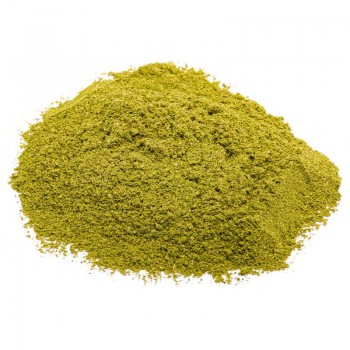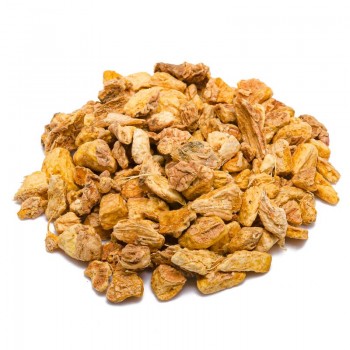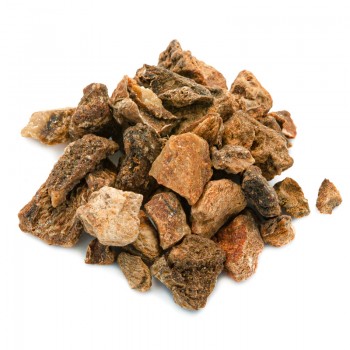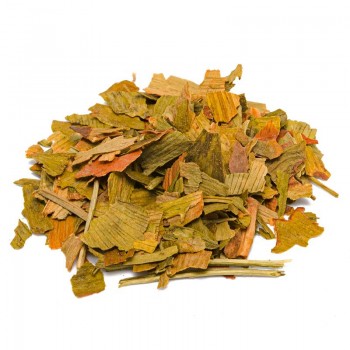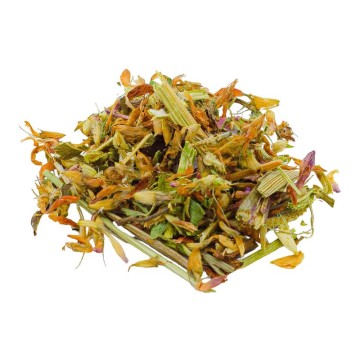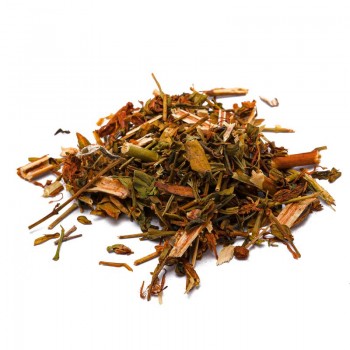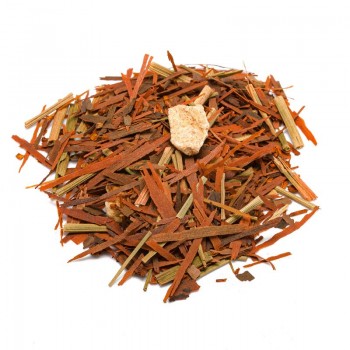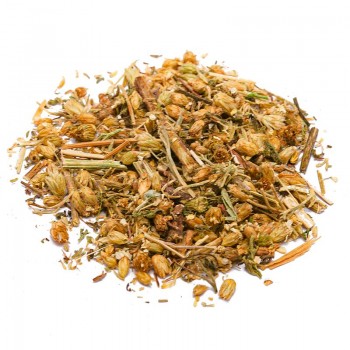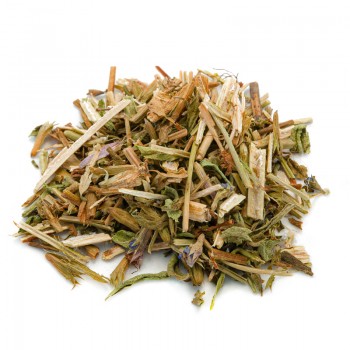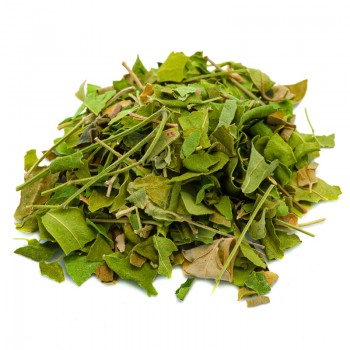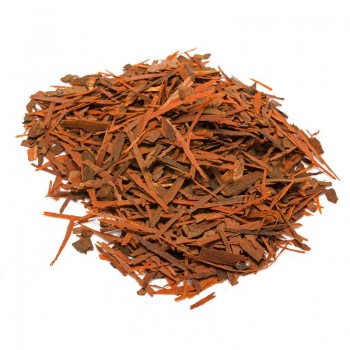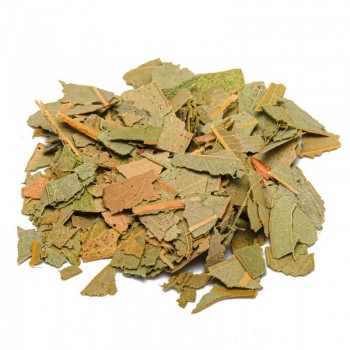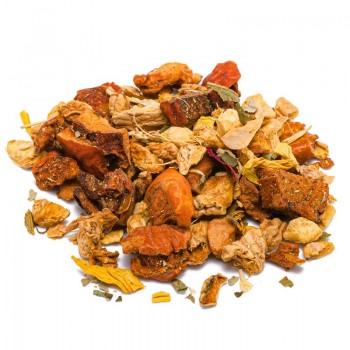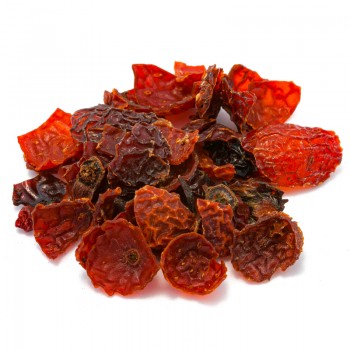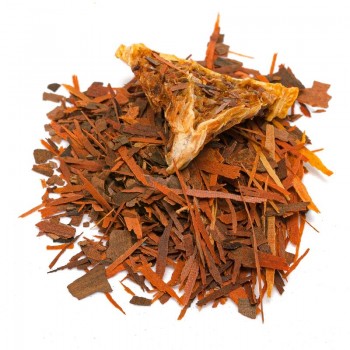Originally from oriental countries, turmeric is a very popular plant for its spice (obtained from the root), but it is also used in herbal tea for a beneficial infusion.
Many populations have known its healing properties for centuries, and it has been used as a natural remedy for many ailments. Even today, turmeric herbal tea, prepared with chopped turmeric root, is considered one of the most effective ways to include it in the diet.
Rhizome or Turmeric root: properties and benefits
Turmeric has been used as a spice for its medicinal, antioxidant and anti-inflammatory properties for thousands of years. Even the turmeric herbal tea is a possibility of introjecting beneficial nutrients for our well-being, enjoying a unique flavor.
The properties of turmeric can help relieve inflammation and swelling in areas affected by irritation and turgidity, as is the case with arthritis sufferers. An action that can reduce painful symptoms, and relieve them in a natural way.
Research has shown that it depends on an active compound in turmeric, called curcumin .
This substance is investigated for its beneficial and antioxidant properties for our body. Curcumin seems to be an excellent agent for the digestive system, favoring a correct assimilation of foods, with anti-inflammatory actions in the stomach and intestines.
Its historical action as a hepatoprotective herb is known, since it purifies the liver and promotes the well-being of this organ. Curcumin can defend the liver and gallbladder by increasing the production of bile, the digestive fluid.
Its best known property is to promote proper metabolism, and the healthy assimilation of food - especially if digestion is slow. A mechanism that helps weight loss, also by reducing chronic metabolic inflammation.
Some studies have found that obesity is characterized by constant inflammation, and phytochemicals such as curcumin with their anti-inflammatory activities, can interact with adipose tissue, soothe the irritation and help counter obesity. It also appears to help regulate glucose levels and break down fatty acids.
Turmeric is also recommended as a natural support to calm the symptoms of ulcerative colitis, uveitis (inflammation of the iris).
You can take advantage of the natural anti-inflammatory properties, even for an herbal tea to soothe cough and sore throat.
In addition, curcumin supports immune function with antioxidant properties, making it one of the natural substances that work as an immune modulator (helping to regulate the function of immune cells).
The antioxidant function is also good for the well-being of the cardiovascular system, and according to some studies it could also be a panacea for a good mood (curcumin increases the production of serotonin and dopamine, both associated with feelings of joy).
Origins and History of cultivation
Curcuma longa, the same family as ginger, is a plant native to the eastern territory, recently very popular all over the world.
Many historians argue that South Asia is its original homeland, and from there it may have spread to Southeast Asian countries and the Pacific islands.
Turmeric has been used for about 4000 years as a medicinal herb, food ingredient, skincare and cosmetics.
As an ingredient at the table, turmeric is known for its root that gives a bright yellow-orange spice, commonly used in curries and sauces. It is the curcumin substance that gives the spice or this infusion its characteristic yellow color.
This root has been widely used in Ayurvedic medicine for centuries in India and South Asia, as it is non-toxic and has demonstrated several natural beneficial properties such as activity at the time antioxidant, analgesic, anti-inflammatory and antiseptic.
In the Indian system of Ayurvedic medicine, it is believed to strengthen the body's energy, improve digestion, regulate menstruation, eliminate intestinal worms, and relieve arthritis and purify the liverto.
The historical documents of India (Sanskrit texts of the 5th century AD) often mention it taken in the form of juice or milk, or for topical use turmeric was applied externally with a paste, to treat injured or burned skin, for animal bites; even on swollen or painful parts of the body.
In the wild, turmeric appears to have been present in Java, Indonesia, as early as the 5th century AD. and Marco Polo in the Middle Ages mentions the uses of turmeric in China. From there it also spread to Africa, and later to Europe.
Today India remains the largest producer and consumer of this root herb, as it is an integral part of most Vedic rituals and ceremonies related to fertility and well-being . Many Indian traditions believe that turmeric is a divine plant given to humans by the gods. In any case, it is also widely cultivated throughout eastern and south-east Asia: Taiwan, Indonesia, Sri Lanka, Java; as well as in Brazil, Peru, many parts of Africa and Australia.
Turmeric is used around the world in a wide variety of foods and beverages, as well as as a dietary supplement. The oil and oleo-resins extracted from the turmeric plant are used in the pharmaceutical industry.
Plant and flowers
Curcuma longa is part of the Zingiberaceae family of plants, the same as ginger. It is a perennial herb that grows up to 1 meter in height with many branches. It has two cylindrical aromatic rhizomes, yellow to orange in color.
The rhizomes are the most used part of the plant as a cooking ingredient, medicine and dye, but leaves and stems are also used in gastronomy.
One feature it shares with ginger is a showy flower that can be of various colors; which also makes it an ornamental plant; the leaves are reed-like. The plant blooms from July to August.
It prefers full sun exposure in the North, or partial exposure in other areas. The favorable soil is rich, well-drained and moist, with a slightly acidic and alkaline soil pH.
Turmeric features nearly 40 different genera and 400 species. The most common varieties of Curcuma are Curcuma longa, Aromatic Curcuma, Curcuma amada, Curcuma algustifolia, Curcucuma zidoria.
Nutritional values of Turmeric
Turmeric root contains about 300 calories per 100 grams, and different nutrients including minerals, vitamins, fibers, fats and carbohydrates. It is a complete food, which provides vitamin K, vitamin C, E, and vitamins of group B. Among the minerals, we find iron, manganese, potassium, magnesium, copper and phosphorus.
Some fractions of turmeric, known as curcuminoids (curcumin, demethoxysurecumin and bisdemethoxy curcumin) are considered the main active compounds of the plant.
Curcumin or diferuloylmethane, is a primary active polyphenolic compound, studied in many sectors. Turmeric also has volatile oils such as turmerone, atlantone and zingiberene.
How to use Turmeric in herbal tea
The infusion of turmeric root in herbal tea cut, is obtained by inserting approximately 3-5 grams with water at 100 ° C into a cup (250 ml).
Leave to infuse for 10 to 12 minutes, before drinking the herbal tea.
Add honey or sugar if desired.
Turmeric: side effects and contraindications
In the recommended doses, usually the root or rhizome of turmeric does not produce side effects.
In any case, it is good to know that taking too much turmeric can cause increased stomach acid, ulcers, and gives a blood thinning effect.
It is good to be cautious in taking if you suffer from gallbladder stones and obstruction of the biliary passages.
![]()

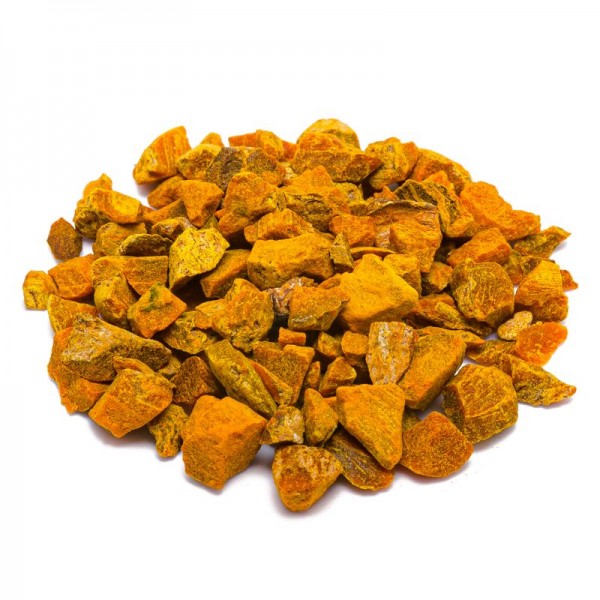









 No reward points for this product.
No reward points for this product.
